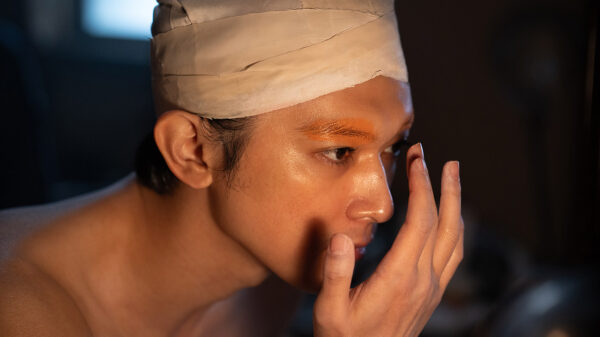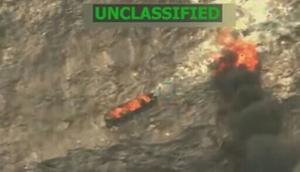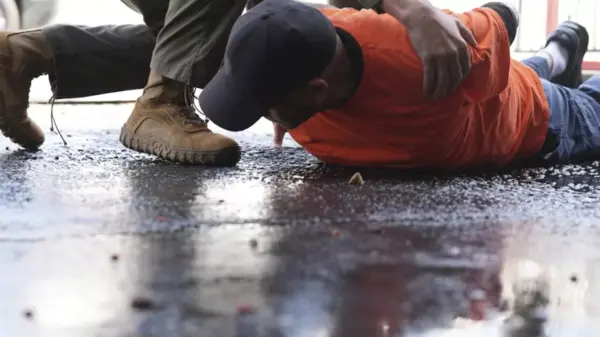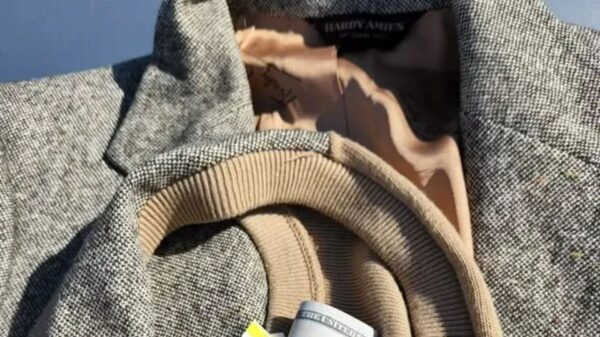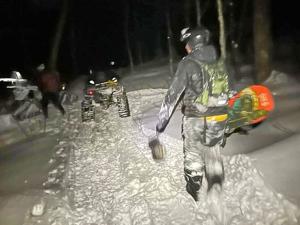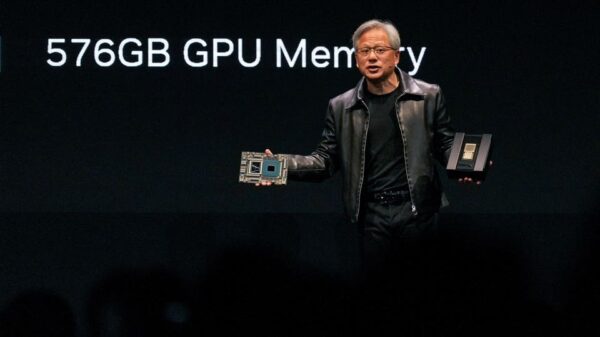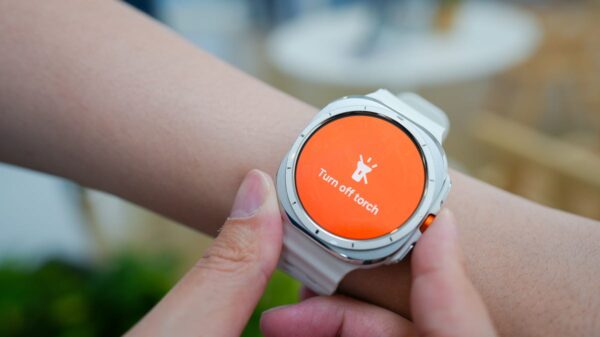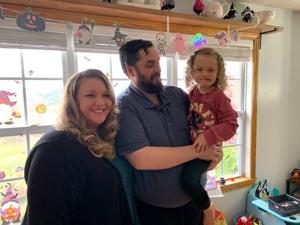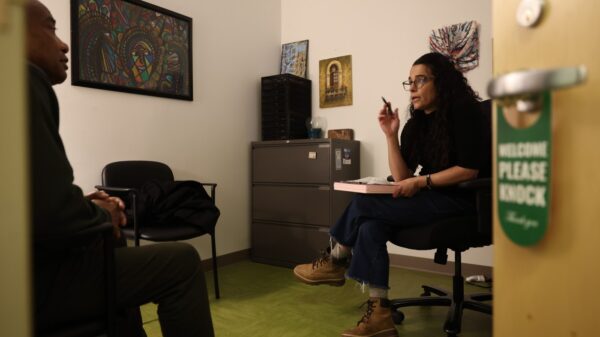A recent study highlights the overutilization of imaging techniques in diagnosing and managing Bell’s palsy, a condition characterized by sudden weakness in the muscles on one side of the face. While imaging can be valuable for ruling out serious conditions and understanding a patient’s symptoms, its application should be limited to cases where clinical evidence supports its necessity. Researchers believe that this study, published in The Laryngoscope, is the first to investigate the use of imaging specifically in the context of Bell’s palsy.
The research team, comprising medical students and facial plastic surgeons from Mount Sinai alongside a chief resident from Vanderbilt University Medical Center’s Department of Otolaryngology, aimed to assess current imaging practices. Their goal was to ensure optimal patient care while minimizing unnecessary healthcare costs. The study utilized data from two comprehensive databases: the MarketScan Commercial Claims and Encounters Database and the MarketScan Medicare Supplemental Database, encompassing more than 100 million patients in the United States.
From this extensive data pool, the researchers focused on 35,942 adult patients diagnosed with Bell’s palsy who maintained continuous insurance coverage for at least one year following their diagnosis. Notably, they discovered that approximately 25% of these patients underwent a CT (computed tomography) scan or MRI (magnetic resonance imaging) within 30 days of their diagnosis. These findings diverge from the current guidelines set forth by the American Academy of Otolaryngology–Head and Neck Surgery, which recommend that imaging is typically unnecessary for uncomplicated Bell’s palsy cases.
Interestingly, the data indicated that patients who underwent imaging were more likely to receive antiviral and steroid treatments. This trend may suggest that healthcare providers are exercising caution in managing more complex or severe cases. Nonetheless, the researchers emphasize that such overutilization of imaging can inflate healthcare costs and place additional strain on resources without delivering significant diagnostic advantages in routine cases.
Given that Bell’s palsy is primarily diagnosed through thorough history-taking and physical examination, imaging should only be pursued when warranted by specific symptoms. The condition often resolves independently within three months, especially when treated promptly with steroids within 72 hours of symptom onset.
Patients may experience anxiety at the prospect of Bell’s palsy, as its symptoms can mimic those of a stroke. Yet, when clinical evaluations yield normal results, unnecessary imaging can often be bypassed. While imaging serves the purpose of ruling out serious conditions like cerebrovascular accidents, it is crucial that it remains a targeted intervention rather than a routine procedure.
The study underscores the importance of aligning clinical practices with evidence-based guidelines, which advocate for timely steroid treatment and the reduction of unnecessary imaging. The researchers plan to investigate whether their findings are consistent across populations without private insurance and to explore how race and socioeconomic status may influence imaging trends related to Bell’s palsy.
Sujay Ratna, a lead researcher, expressed the importance of their findings, stating, “This study sheds light on the possible overutilization of diagnostic imaging for Bell’s palsy that is idiopathic—without a known cause—compared to the clinical guidelines.” Ratna acknowledged the mentorship of Drs. Mingyang Gray and Joshua Rosenberg at Mount Sinai, as well as Rahul Sharma, MD, at Vanderbilt University Medical Center, for their collaboration on this pivotal research.
As the medical community continues to refine diagnostic practices, this study serves as a reminder of the need to prioritize thorough clinical evaluation over unnecessary imaging interventions. By streamlining these practices, healthcare providers can enhance patient care while managing costs effectively.











